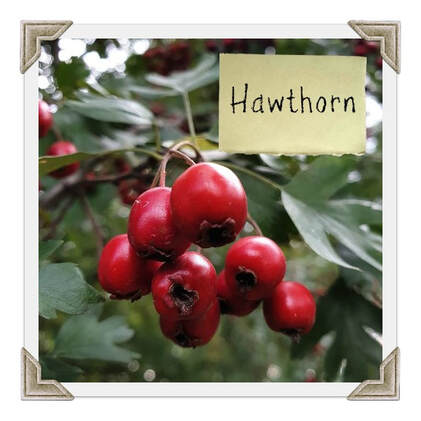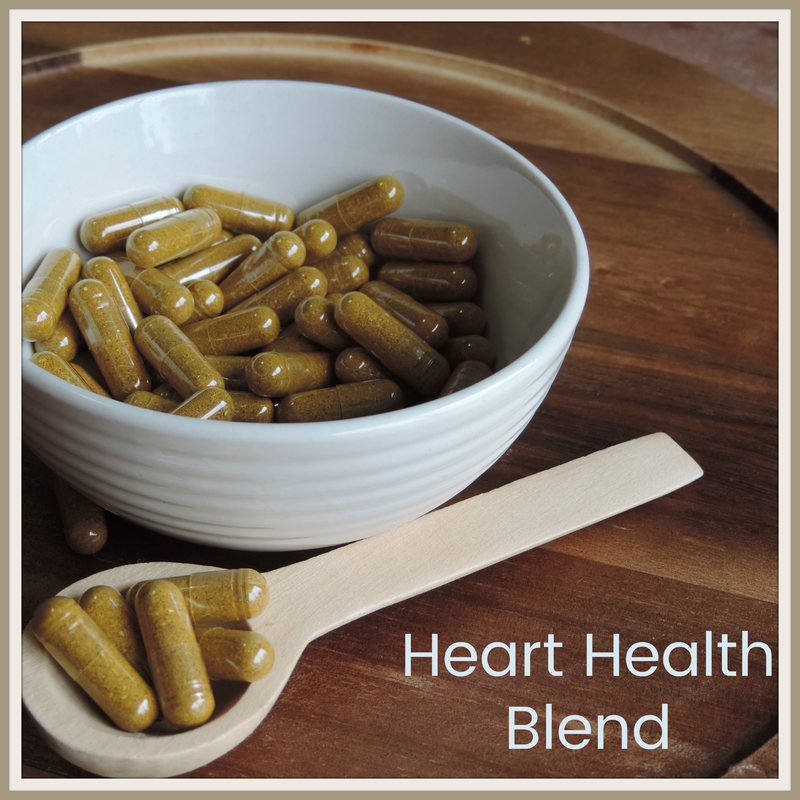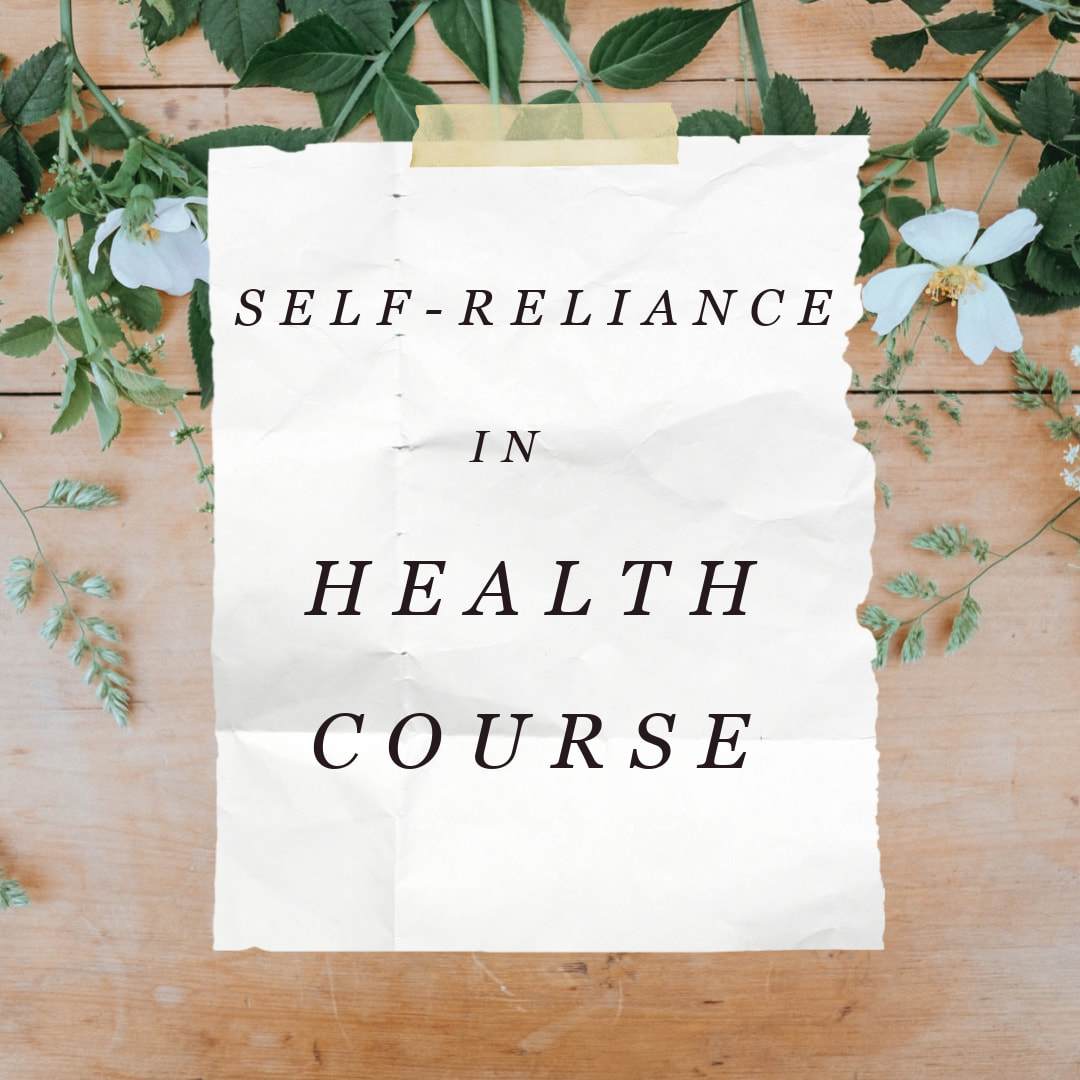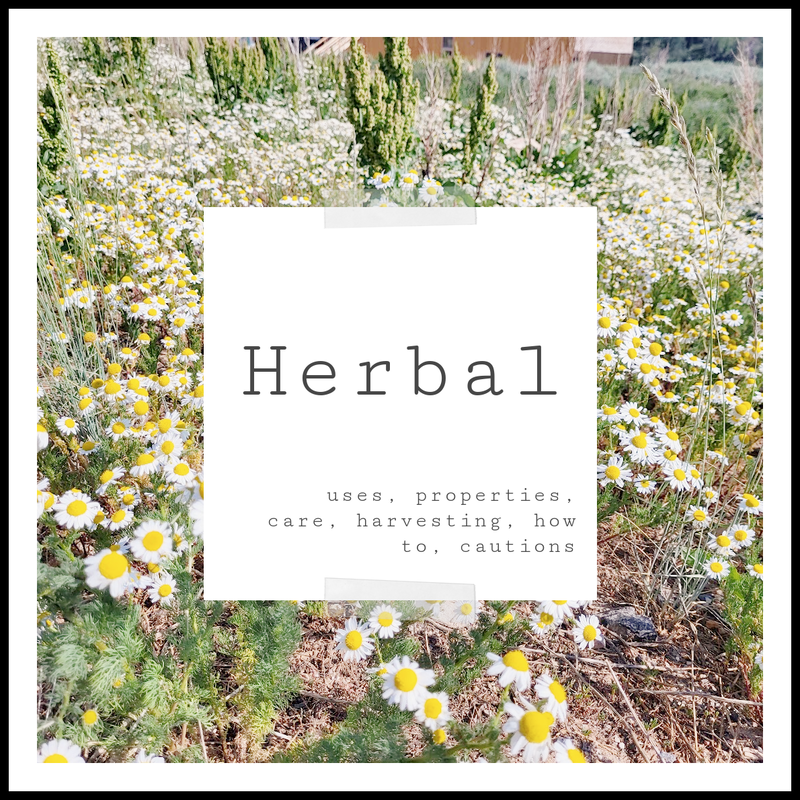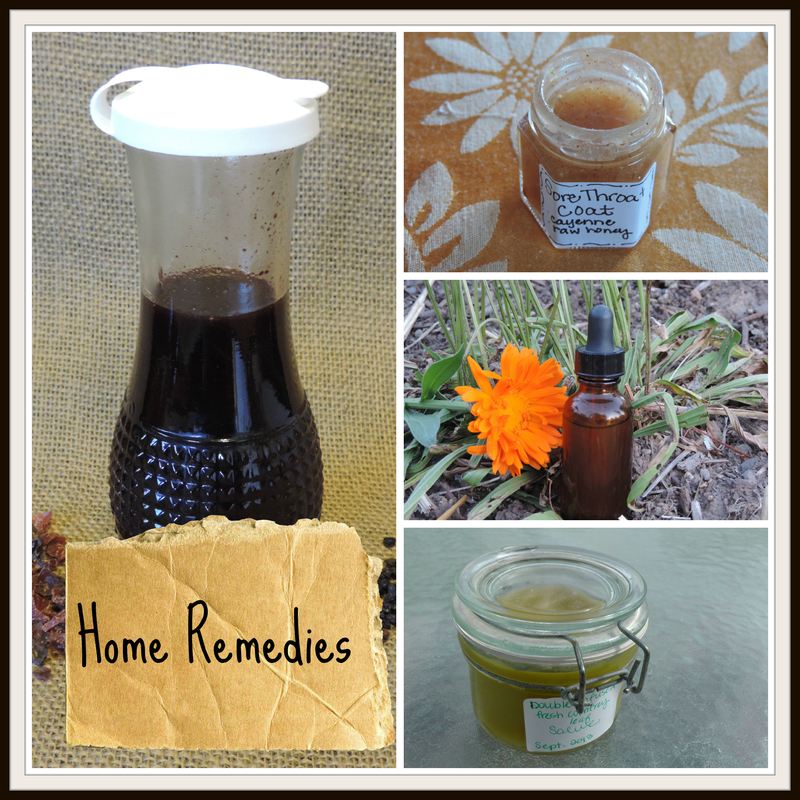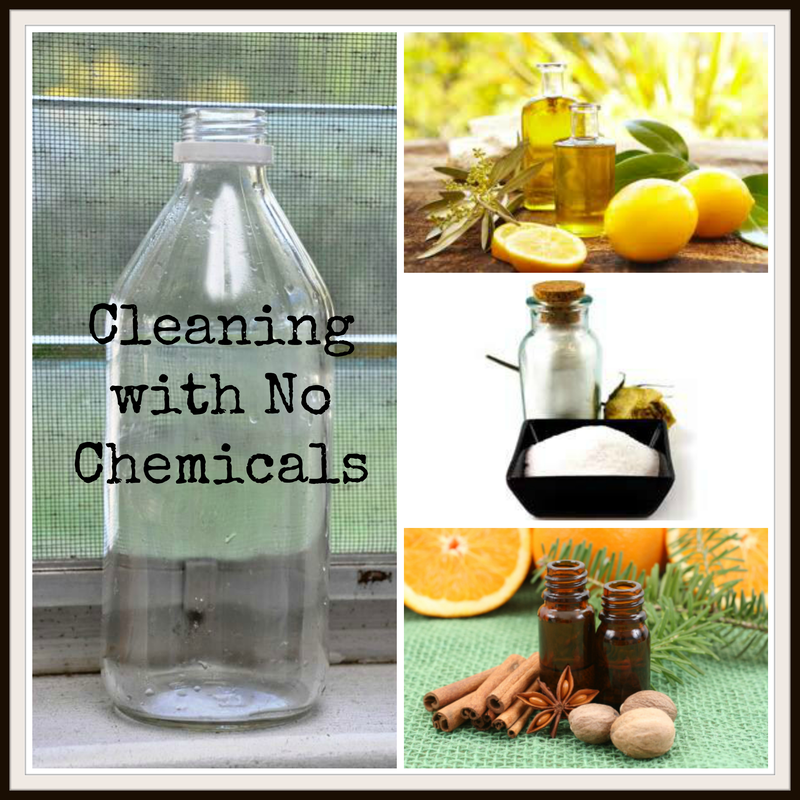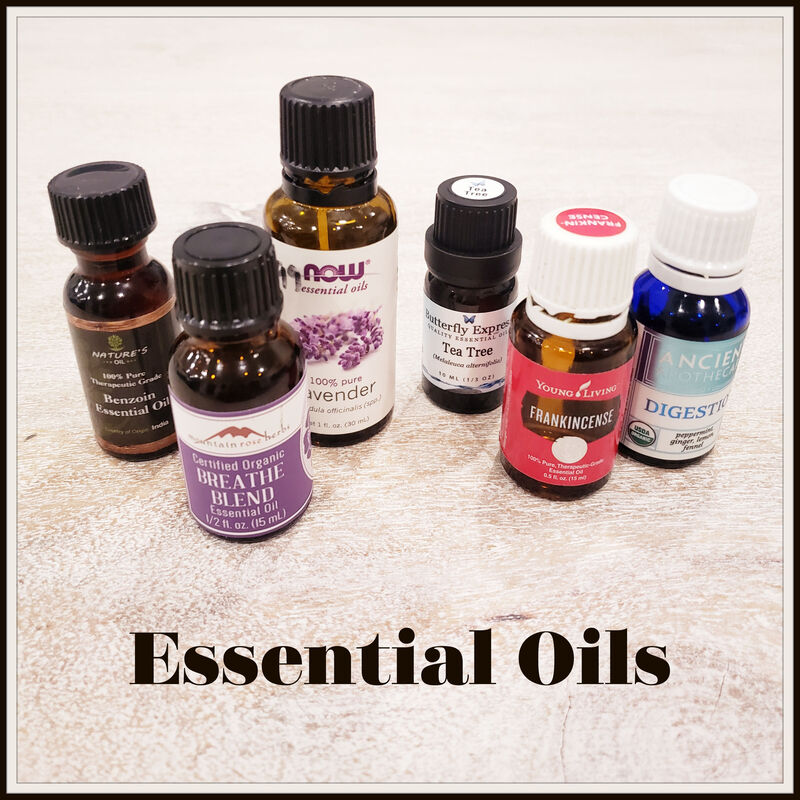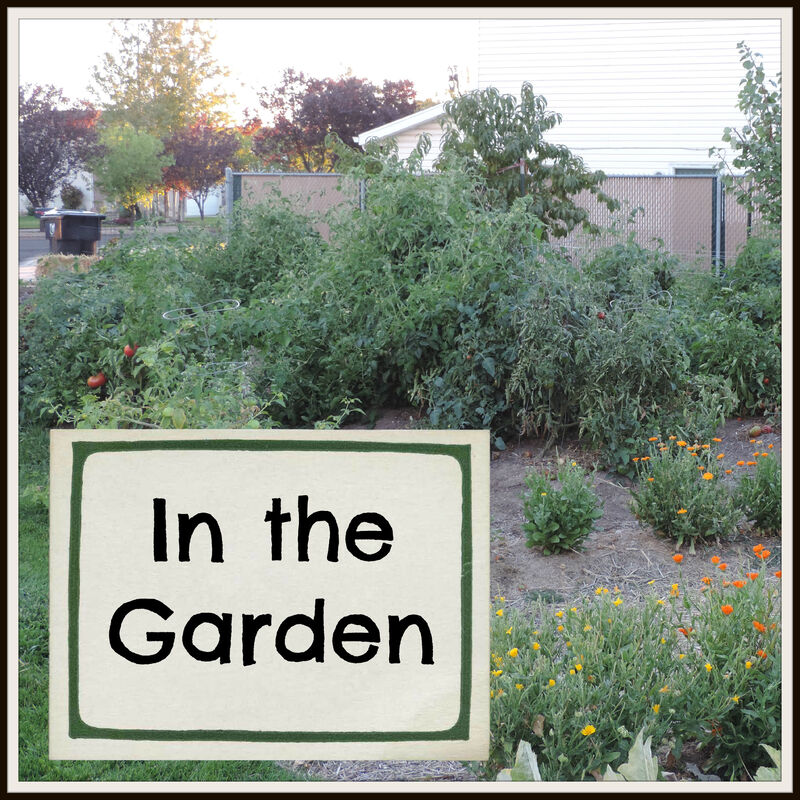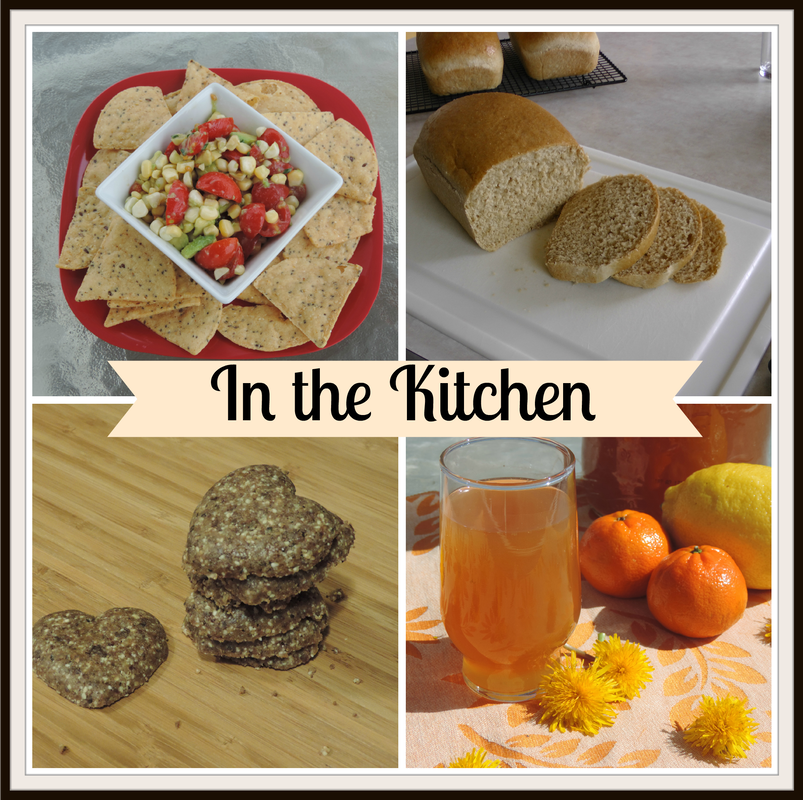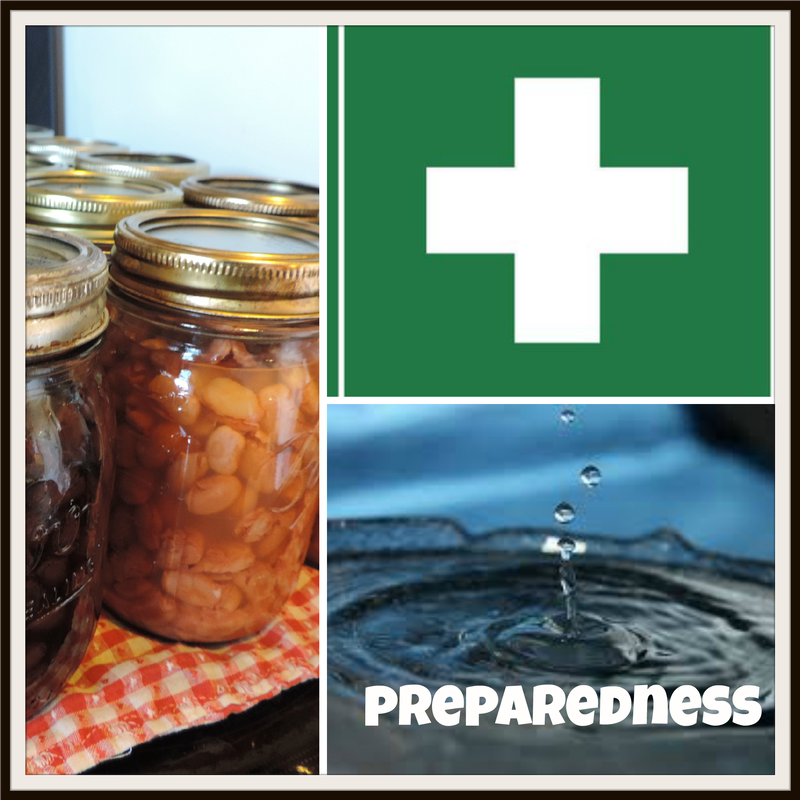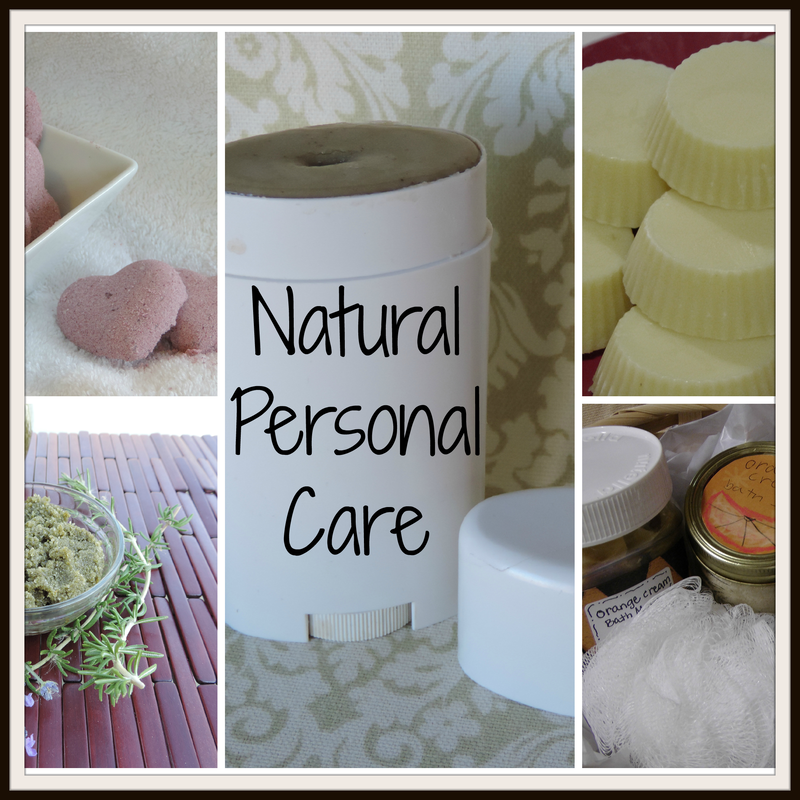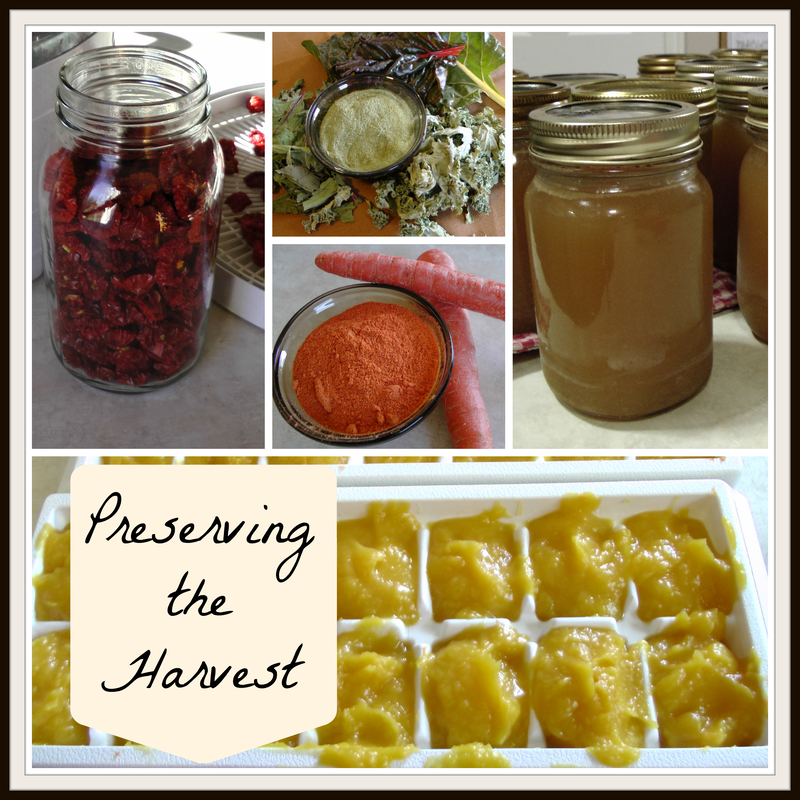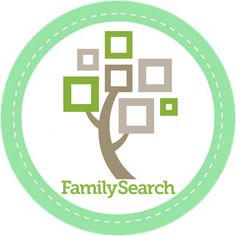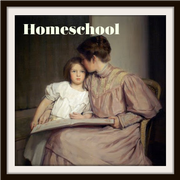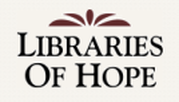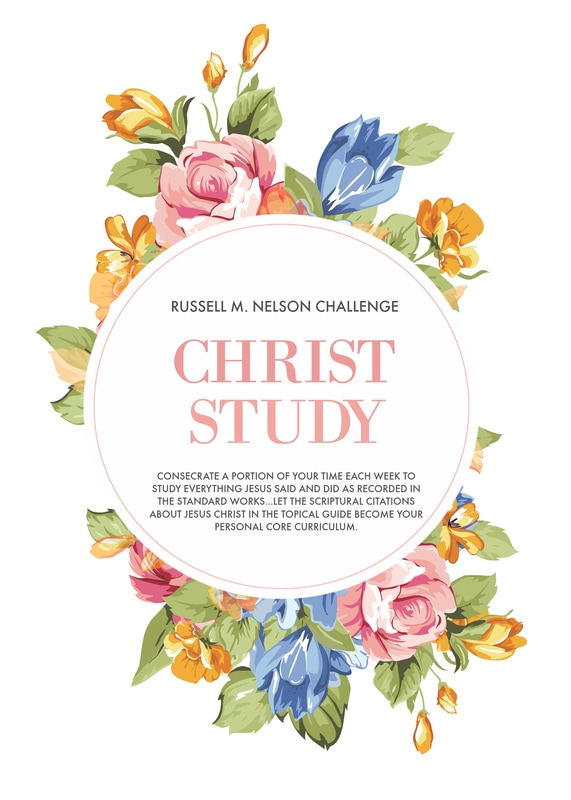Family: Rosaceae (rose, apple, peach, strawberry)
Parts used: fruits and flowers (most medicinal) and leaves.
Also known as mayflower for in England it flowers in May, this is the same plant the pilgrim's ship was named for. Well known as one of the best heart supporting plants out there. It is best used as a long term tonic to be taken every day as a nourishing "food" for the heart. Diet and nutrition play a critical role in heart health as well.
Actions and Properties
- antioxidant
- astringent (increase tone and firmness)
- cardiotonic (heart support)
- diuretic
- hypotensive (reduces blood pressure)
- nervine (regulates nerve responses)
- tonic
- vasodilator (increase blood flow)
Uses
- Heart support - opens arteries to improve blood flow, reduces blood pressure and cholesterol.
- Can balance blood pressure whether too high or too low.
- Dissolves calcium and cholesterol deposits which can help with hardening arteries and plaquing.
- Heart disease, congestive heart failure, palpitations, angina, etc.
- Hypertension
- Stroke prevention.
- Circulatory conditions, including blood clotting (best when blended with yarrow).
- Strengthens capillaries which helps with bruising and varicose veins.
- Repairs ligaments, tendons and muscles.
- Strengthens joint lining, collagen and spinal discs (best when blended with horsetail).
- Calms anxiety, bad dreams, insomnia and can lift the spirits.
- Aids the emotional heart in dealing with grief, sadness, feelings of loss and depression.
- Helps with menopausal mood swings.
- Can quite ADHD, fidgety, can't sit still, disruptive, etc.
- Urinary tract support and aid.
Methods of Use
- Tincture (a "whole" tincture can be made by gathering flowers and leaves in the spring. Then tincture berries in the fall and add both tincture together for a powerful heart tonic).
- Tea (1 oz. berries to 1 pint water, simmer for 15 minutes).
- Powdered, capsules, sprinkle.
- Raw berries, jam, syrup or jelly.
Care/Harvesting
- Gather blossoms and leaves in the spring when partially to fully open.
- Berries are harvested in the fall when deep red, avoiding any with rot. Be mindful of the stony seeds when processing.
Caution
Do not take with other heart medications unless under the care of a trained physician.
